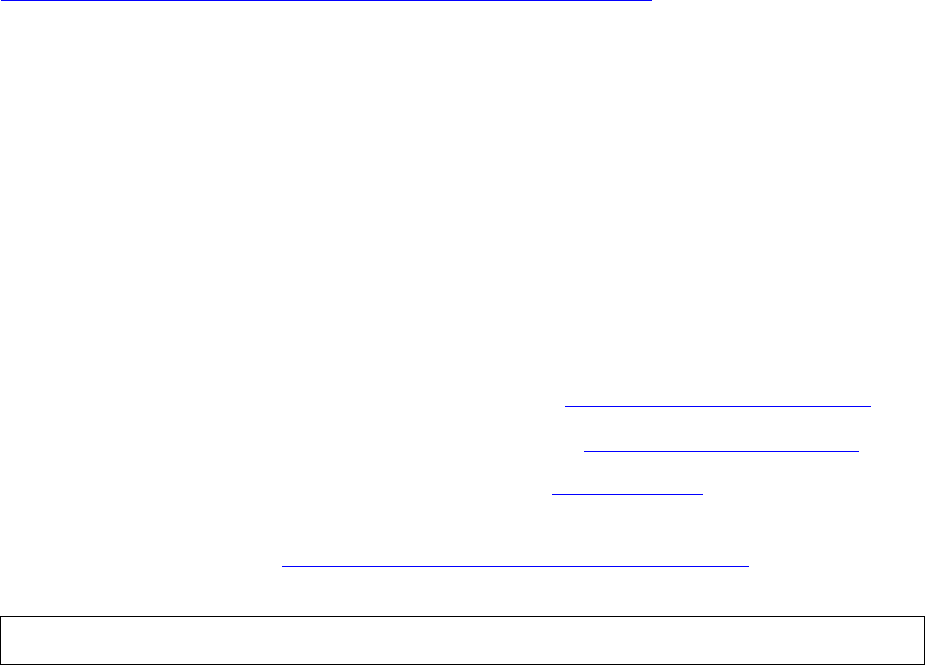Native Inspect Manual (H06.03+)
Table Of Contents
- What’s New in This Manual
- About This Manual
- 1 Introducing Native Inspect
- Native Inspect on TNS/E Systems
- Debuggers on NonStop TNS/E Systems
- Origins of Native Inspect
- Process Debugging With Native Inspect
- Debugging Multiple Processes
- Global Debugging
- Debugging TNS Processes
- Snapshot File Analysis
- Debugging DLLs
- Handling Events
- Switching Debuggers (To or From Inspect and Visual Inspect)
- Stopping Native Inspect
- Differences Between Native Inspect and WDB and GDB
- 2 Using Native Inspect
- Quick Start for Inspect Users
- Preparing to Debug Using Native Inspect
- Sample Native Inspect Session
- Start Your Program Under Native Inspect
- Load Symbols
- Determine Compilation-Time Source Name
- Set Source Name Mapping
- Add Current Directory to Source Search Path
- List Source
- Set a Breakpoint on main()
- Continue Execution
- Trace the Stack (Back Trace)
- List Source
- Step Execution (Over Any Function Calls)
- Print a Variable
- Step Execution (Over Any Function Calls)
- Step In to a Called Function
- Set a Memory Access Breakpoint (MAB)
- Trace the Stack (Back Trace)
- List Source
- Continue Listing Source
- Set a Breakpoint on Line 52
- Continue Execution
- Display a Structure
- Enable “pretty” Printing
- Modify a Structure Field
- Terminate Program and Session
- 3 Syntax of Native Inspect Commands
- Categories of Native Inspect Commands
- Syntax of Common Command Elements
- # command
- a command
- add-symbol-file command
- amap command
- attach command
- base command
- break command, tbreak command
- bt command
- can command
- cd command
- commands command
- comment command
- condition command
- continue command
- d command
- delete command
- delete display command
- detach command
- dir command
- disable command
- disable display command
- disassemble command, da command
- display command
- dmab command
- down command, down-silently command
- enable command
- enable display command
- env command
- eq command
- exit command
- fc command
- files command
- finish command
- fn command
- frame command, select-frame command
- help command, help option
- hold command
- i command
- ignore command
- ih command
- info command
- jb command
- jump command
- kill command
- list command
- log command
- ls command
- mab command
- map-source-name command
- mh command
- modify command
- next command, nexti command
- nocstm option
- output command
- print command
- priv command
- ptype command
- pwd command
- quit command
- reg command
- save command
- select-frame command
- set command (environment)
- set command (variable)
- show command
- snapshot command
- source command
- step command, stepi command
- switch command
- symbol command, symbol-file command
- tbreak command
- tj command, tu command
- tn command
- unload-symbol-file command
- until command
- up command, up-silently command
- vector command
- version option
- vq command
- wait command
- whatis command
- x command
- 4 Using Tcl Scripting
- A Command Mapping With Debug and Inspect
- Glossary
- Index

Syntax of Native Inspect Commands
Native Inspect Manual—528122-003
3-71
symbol command, symbol-file command
After you enter a switch command, Native Inspect suspends command prompting until
one of the following happens:
•
The process is transferred back to Native Inspect.
•
You press the Break key.
•
The process terminates.
Native Inspect continues to maintain the associated state for the process until the
process terminates or is transferred back to Native Inspect.
Breakpoint attributes are not passed between debuggers. For more information, see
Switching Debuggers (To or From Inspect and Visual Inspect) on page 1-22.
symbol command, symbol-file command
Opens a TNS/E native code file (with file code 800) for building internal symbol tables.
The new symbol table data is added to the existing data.
•
Entered with no symbol-file name, prompts you before deleting all symbol files with
per-process scope associated with the current process.
•
Entered with only the -g option, prompts you before deleting all global symbol files
associated with the current process.
Related Commands
•
To delete symbols data for a specific file, use the unload-symbol-file command.
•
To load a symbol file at a specific address, use the add-symbol-file command.
•
To list the symbol files currently loaded, use the info command with the symbol-
files option.
For more information, see Loading Symbols Information (If Necessary)
on page 2-3.
-g
loads a symbol file that has global scope. Symbols are visible to all processes
being debugged.
Entered without the -g option, loads a symbol file that has per-process scope.
Symbols are visible only to the current process.
If there is no current process, the added symbol file has global scope by default,
and the -g option is optional.
You can add the same file with per-process scope and global scope.
symbol[-file][-g] [-readnow] filename










